These College Football Programs Are the Modern ‘U’ for Each Position
We determined the U. at each position by measuring what every college should strive to do, in sports and beyond: Prepare students for professional careers.
In order to make it modern, we used a 10-year data set. Dipping further back would mean going across different coaching eras at the college level, as well as including a lot of players who are no longer active in the NFL. (We did run an unofficial 20-year data set for the quarterback position, which you can read about below.)
We came up with a scoring system that balanced not just the quantity of players programs put into the NFL, but the quality of those players' careers. One measure we used is draft position—an inexact but still relevant measure of a player's approximate value when he left college. We credited players for career games started. But rather than assigning a point value to every game started, which would weigh too heavily in favor of older players, we lessened that effect by using ranges.
We also awarded points for the highest achievements (MVP, and for non-quarterbacks, Offensive/Defensive Player of the Year and All-Pro) and awarded a smaller amount of credit for Rookie of the Year, an indication of a player's preparedness when entering the league. (We made the decision to exclude the Pro Bowl. Between fan voting and the league's need to dig deep into the pool of alternates with so many players dropping out annually, there's been a reduction in the legitimacy of that achievement.)
For all positions in this series, scoring is based on alumni who entered the NFL between 2010 and 2019 and were either (1) drafted or (2) undrafted but appeared in at least one game. Players who transferred during their college careers are counted only as part of the last program they played for. Players are only credited for the position at which they were drafted. Our full scoring system is at the bottom of this article.
* * *
QUARTERBACK U.: OKLAHOMA
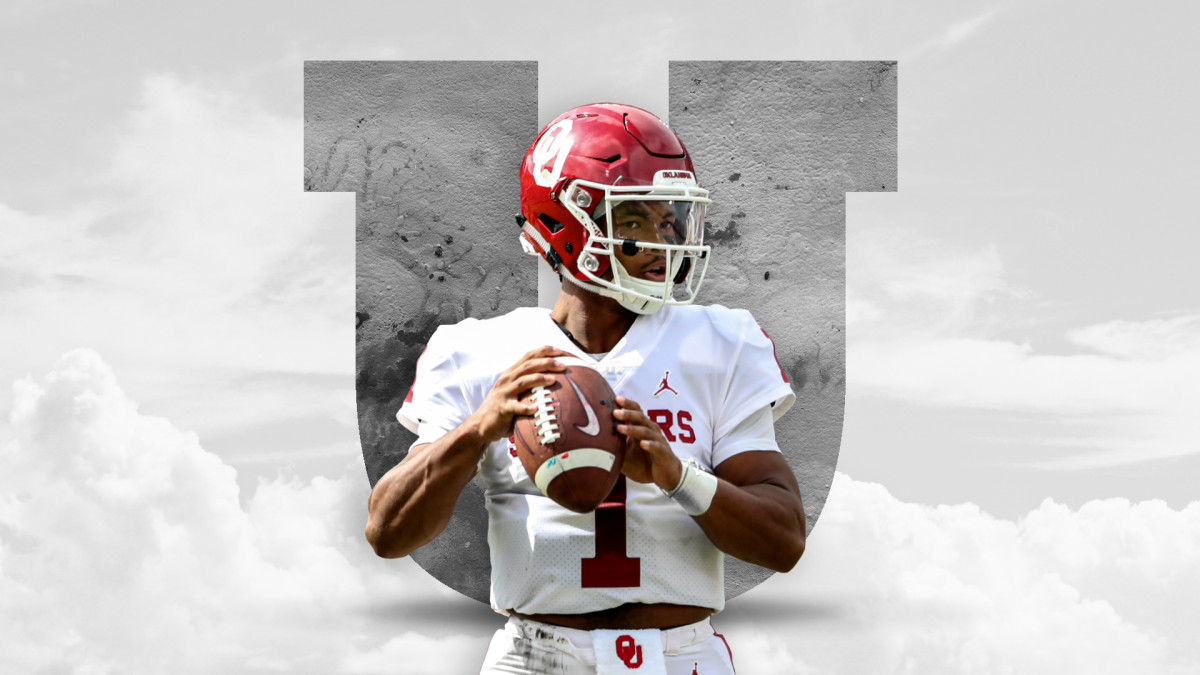
With three No. 1 overall picks (Sam Bradford in 2010, Baker Mayfield in ’18 and Kyler Murray in ’19), no program comes close to the Sooners. Even if Texas Tech transfers Baker Mayfield and Davis Webb had their achievements, along with Patrick Mahomes’s, count toward the Red Raiders’ score, it wouldn’t be enough to pull them even with Oklahoma.
Six of the Top 14 QBU schools are current or former Big 12 programs. There are myriad reasons for this, including the rise of the spread offense, but clearly steady access to the state of Texas helps. Nine of the 16 NFL QBs these schools produced were from the Lone Star State. Six of those nine quarterbacks were first-round picks, including four top-10 selections (Murray, Mayfield, Mahomes and Robert Griffin III). Incredibly, the University of Texas had just one QB drafted the last decade—Colt McCoy in 2010—and just six offensive players drafted overall.
1. Oklahoma, 28 points
2. Florida State, 20
3(tie). Auburn, 17
3(tie). Louisville, 17
5(tie). Texas A&M, 14
5(tie). USC, 14
7(tie). Baylor, 12
7(tie). N.C. State, 12
7(tie). Texas Tech, 12
10(tie). Missouri, 11
10(tie). Oklahoma State, 11
10(tie). Stanford, 11
Quarterbacks have longer careers than other NFL players, and if the data set was expanded to the past 20 years then USC would be QBU. That would be thanks to their prolific output during the Pete Carroll years; the Trojans had five quarterbacks—including three first-rounders—drafted between 2003 and '09. Though while Carson Palmer delivered, the careers of Mark Sanchez and Matt Leinart were forgettable (Matt Cassel, a collegiate backup and seventh-round pick, actually made the second-most career starts among USC alums entering the league this century, after Palmer). Sam Darnold is the only current starter from USC, and Matt Barkley and Cody Kessler are the only other active Trojans QBs in the NFL.
In the 20-year set, Oklahoma would also be leap-frogged by California and Michigan. Cal's standing would be carried by Aaron Rodgers and helped along by Jared Goff and Kyle Boller (a first-round disappointment, but one who still made 47 career starts). The Wolverines, meanwhile, would be almost all Tom Brady—Chad Henne is the only other Michigan QB from 2000 on to make more than one NFL start.
The 20-year Quarterback U. standings (with the "career starts" scale tweaked to reflect the expanded window) would be as follows:
1. USC, 47 points
2. California, 36
3. Michigan, 34
4(tie). Louisville, 28
4(tie). Oklahoma, 28
6. Oregon, 27
7(tie). Auburn, 25
7(tie). Florida State, 25
9. N.C. State, 23
10. Boston College, 20
* * *
RUNNING BACK U.: ALABAMA
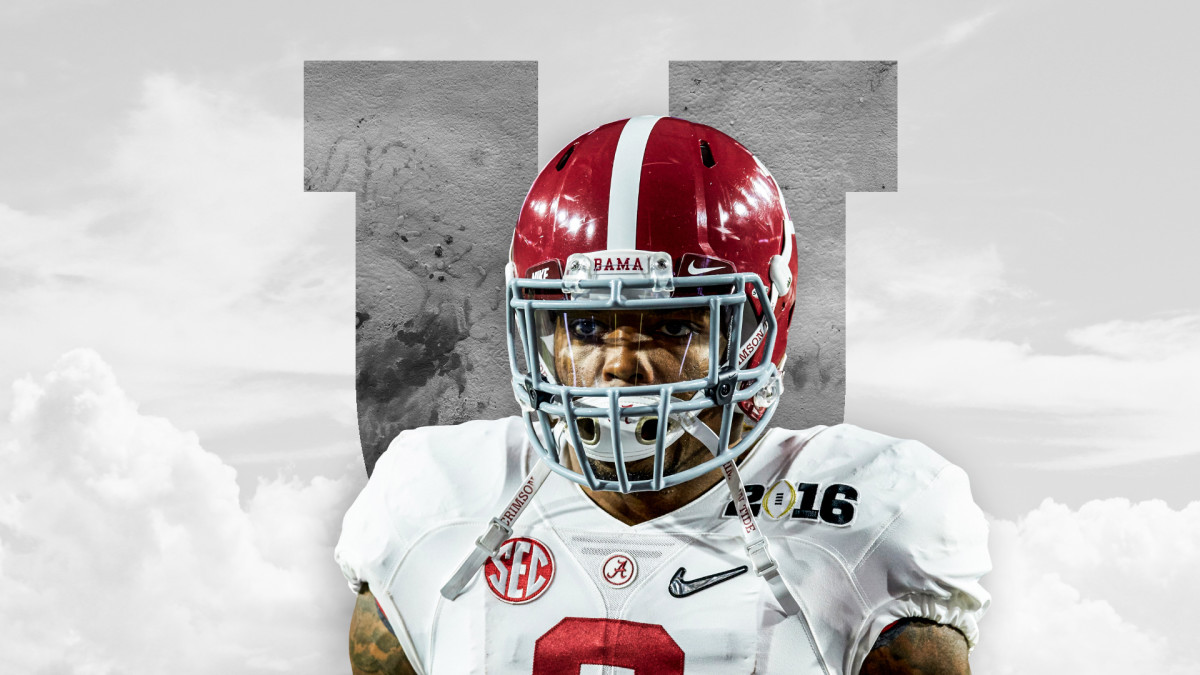
In an era when the running back has been devalued, Alabama has had three RBs drafted in Round 1 since 2010, the only program that can boast that accomplishment. Late-first-rounders Mark Ingram (2011) and Josh Jacobs (’19) have delivered, while Trent Richardson (the No. 3 pick in ’12) is more of a cautionary tale. Overall, the Tide has had 10 running backs drafted over the past decade—no other program has had more than eight (our rankings include fullbacks, such as Bama alum Jalston Fowler, a fourth-round pick in ’15).
Georgia, of course, boasts the most accomplished running back of the past decade in Todd Gurley, one of two first-round picks they’ve produced (with Sony Michel, ’18). And no program has put more RBs in the league over the past decade than LSU (13), including Leonard Fournette, one of four backs selected in the top 5 of the past decade’s drafts (with Richardson, Penn State alum Saquon Barkley and Ohio State’s Ezekiel Elliott).
Lower in the standings, Boise State hasn’t been as omnipresent in the national discussion recently, but the Broncos haven’t slowed down production at their RB factory. They sent backs to the league at the same rate as some of the big boys over the last decade, finishing 12th in our rankings thanks to players like “Muscle Hamster” Doug Martin, Super Bowl champion Jay Ajayi and, most recently, Vikings third-round pick Alexander Mattison.
1. Alabama, 50 points
2. Georgia, 34
3. LSU, 30
4. Oklahoma, 29
5. Stanford, 24
6. Auburn, 22
7. Ohio State, 21
8(tie). Miami, 19
8(tie). Wisconsin, 19
10. Oregon, 18
* * *
WIDE RECEIVER U.: CLEMSON
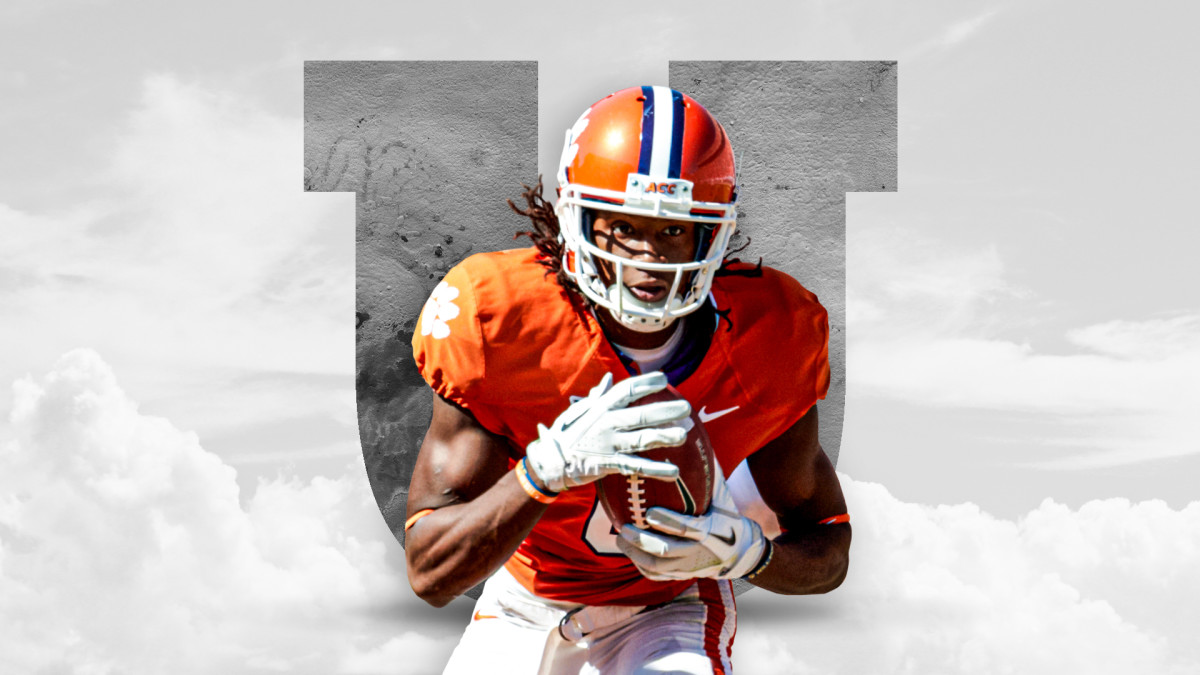
How prolific has Clemson been? Eleven of their receivers who entered the league between 2010 and ’19 started at least one game in the NFL. The Tigers are led by DeAndre Hopkins and his three All-Pro nods—only Central Michigan alum Antonio Brown has more.
Added up, it's enough to hold off a Michael Thomas–led Ohio State group, in large part because the Buckeyes didn’t have a single first-round pick in the 2010s (Devin Smith, 37th overall in 2015, was the highest selection).
Alabama has some headliners—Julio Jones, Amari Cooper and Calvin Ridley—but aside from that trio only had two other receivers drafted over the course of the decade (ArDarius Stewart and Kevin Norwood). There are reinforcements coming in the form of Jerry Jeudy and Henry Ruggs III, but they don't count toward this calculation.
1. Clemson, 54 points
2. Ohio State, 46
3. LSU, 40
4. Alabama, 36
5. Georgia, 35
6(tie). Baylor, 33
6(tie). USC, 33
8. Notre Dame, 30
9(tie). Oklahoma, 27
9(tie). Tennessee, 27
* * *
TIGHT END U.: STANFORD
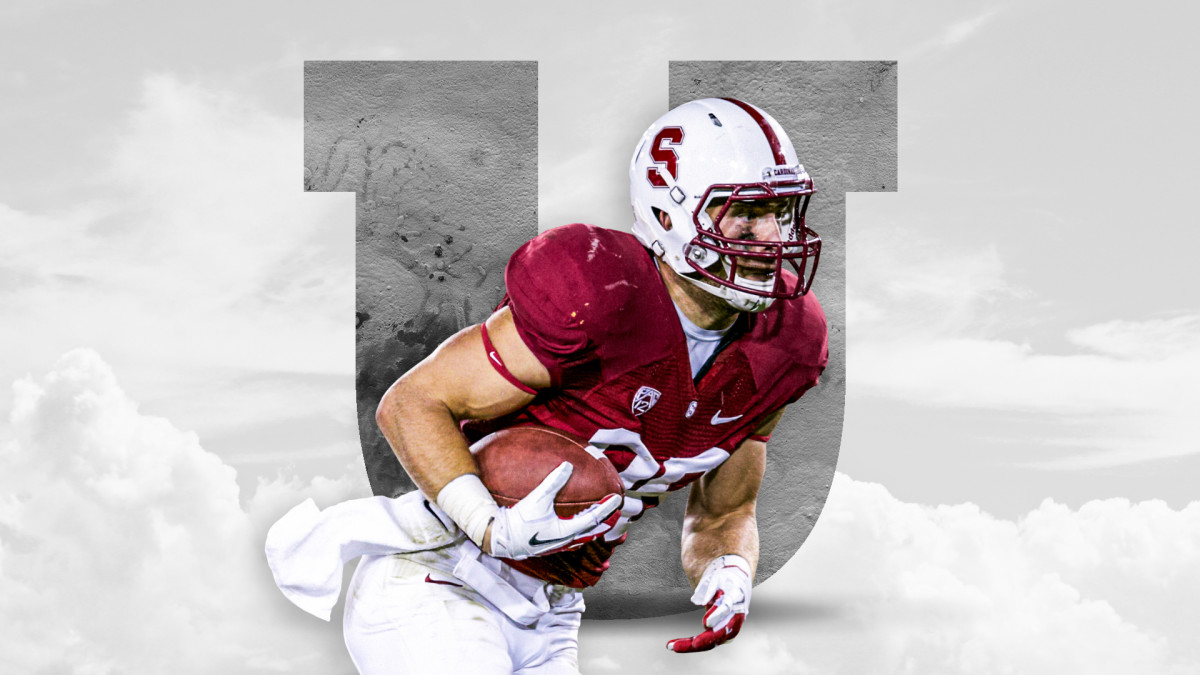
Amazingly, Stanford has never—not in the past decade, not ever—had a tight end selected in Round 1. But the Cardinal have had the most tight ends selected in the draft over the last decade (seven).
However, among the contenders for Tight End U., Miami and Iowa not only have more first-round pick(s) to their credit, but have put an All-Pro player into the league since 2010 (Jimmy Graham and George Kittle, respectively).
Tight end is the only position in the Position U. series without an SEC club in the Top 5, though there’s plenty of depth. Six of the Top 20 programs in our TE rankings came from the SEC, more than any other league.
1. Stanford, 33 points
2. Miami, 30
3. Iowa, 29
4. Notre Dame, 26
5(tie). Oklahoma, 20
5(tie). USC, 20
7(tie). Arkansas, 16
7(tie). Penn State, 16
9(tie). Alabama, 14
9(tie). Wisconsin, 14
* * *
OFFENSIVE LINE U.: NOTRE DAME
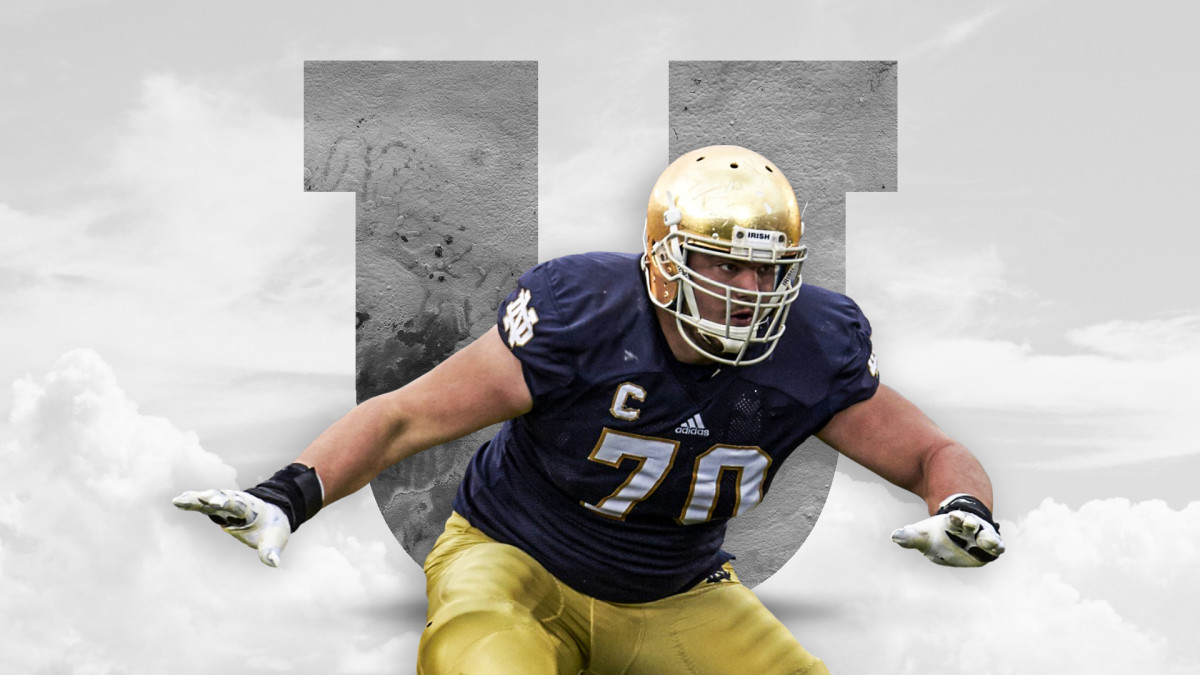
In was the closest race we had in the Position U. series. Notre Dame has only put 10 offensive linemen into the NFL over the past decade, but three became All-Pros, with a combined seven first-team All-Pro nods: guards Zack Martin (four) and Quenton Nelson (two), and tackle Ronnie Stanley. Wisconsin’s program has had 14 O-linemen enter the league since 2010, second only to Ohio State (16) during that span, including four first-round picks and two All-Pros (Travis Frederick and Ryan Ramczyk). Eleven Badgers linemen have gone on to start at least 10 games in the NFL. However, all that wasn’t quite enough.
One school nowhere near the top of our rankings is Clemson. Despite appearing in four national championship games in the past five years, Dabo Swinney’s program only had two offensive linemen drafted last decade, and none since the 49ers took guard Brandon Thomas with the 100th overall pick in 2014.
1. Notre Dame, 69 points
2. Wisconsin, 68
3. Florida, 66
4. Alabama, 56
5. Ohio State, 54
6. USC, 51
7. Oklahoma, 49
8. Iowa, 44
9. Texas A&M, 41
10. Stanford, 38
* * *
DEFENSIVE LINE U.: ALABAMA
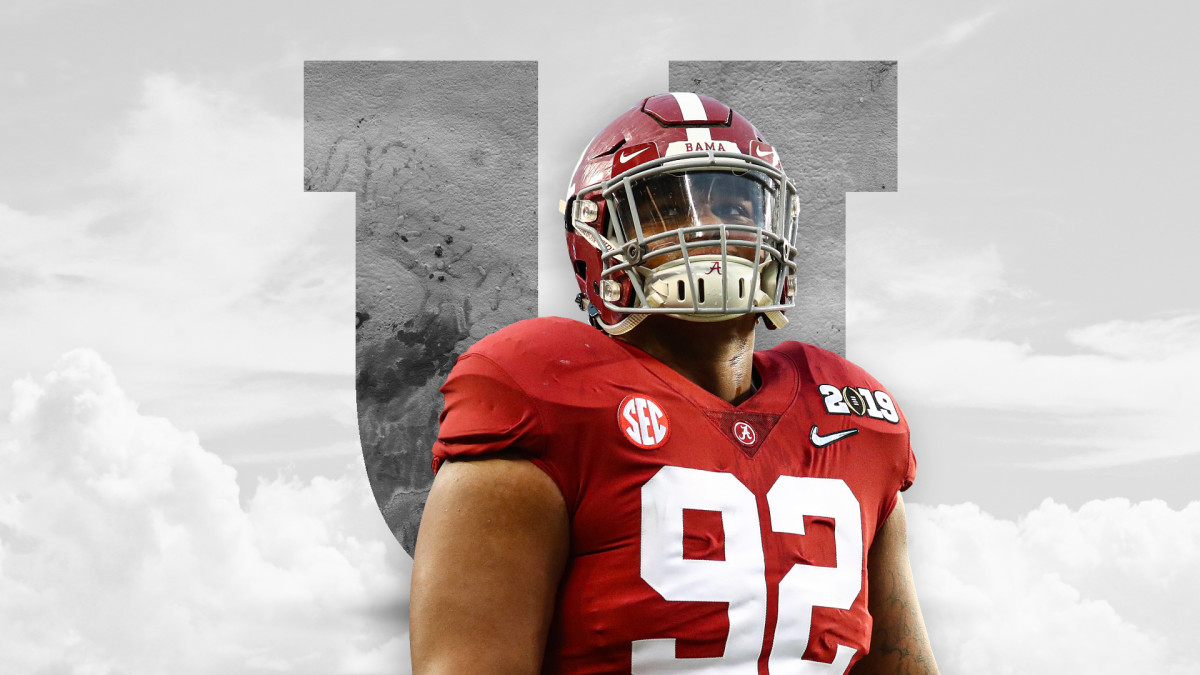
Our D-line rankings include pure edge players that some (incorrectly) classify as linebackers, since they play the majority of their snaps on the line of scrimmage (Von Miller, for instance).
If split into interior and edge, Alabama would win inside—and by a wide margin, 85.9% of their DLU points come from interior DL (Tide edge rushers taken over the past decade have combined for just 17 sacks). Clemson is second in iDL. In terms of bang for your buck, it’s hard to top what Mississippi State has done inside. They’re eighth in our iDL rankings despite having only three DTs drafted in the 2010s: Fletcher Cox, Chris Jones and Jeffery Simmons.
Edge U. is Wisconsin, thanks almost entirely to the Watt brothers (J.J. and T.J.). O’Brien Schofield is the only other edge player the Badgers have put in the NFL over the past decade.
1. Alabama, 85 points
2. Clemson, 73
3. Georgia, 65
4. Ohio State, 62
5. LSU, 51
6(tie). Florida, 49
6(tie). Wisconsin, 49
8. USC, 44
9(tie). Mississippi State, 42
9(tie). Pittsburgh, 42
Interior D-Line U.: Alabama, 73; Clemson, 40; Pittsburgh, 34; Nebraska, 33; Ohio State, 32.
Edge U.: Wisconsin, 46; Georgia, 37; Missouri, 34; Clemson, 33; Texas A&M, 32.
* * *
LINEBACKER U.: ALABAMA
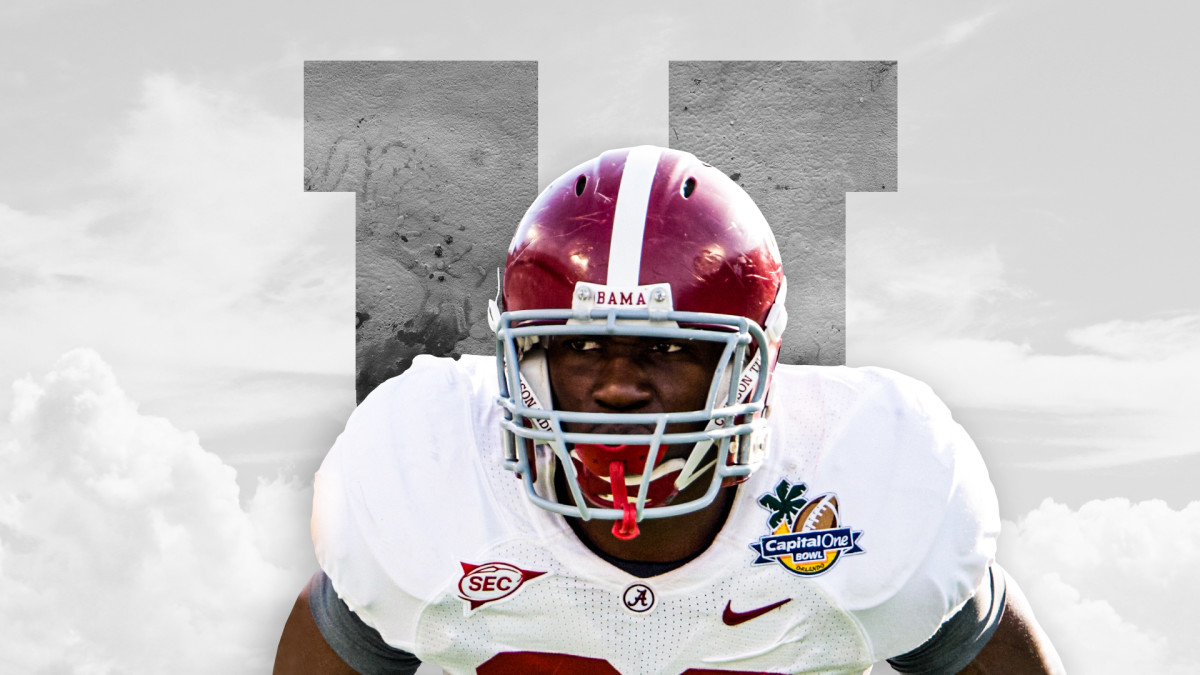
Penn State has long been known as Linebacker U., but Sean Lee, now a rotational player in Dallas, is the program’s last “great” linebacker still active in the NFL. In fact, aside from Lee and NaVorro Bowman, no Nittany Lions linebacker who entered the league since 2010 has been a starter for any NFL team for more than a season.
That leaves the Linebacker U. competition to two SEC powerhouses: Alabama and LSU, who have each put a dozen linebackers into the NFL since 2010.
For our project, we considered linebackers to be off-the-ball (aka “stack”) LBs, as opposed to stand-up edge players (like Von Miller). Those edge players will be included in Defensive Line U.
1. Alabama, 47 points
2. LSU, 44
3. Penn State, 42
4(tie). Boston College, 40
4(tie). UCLA, 40
6. Florida, 33
7. Washington, 28
8. Georgia, 27
9. Florida State, 25
10. Ohio State, 24
* * *
DEFENSIVE BACK U.: LSU
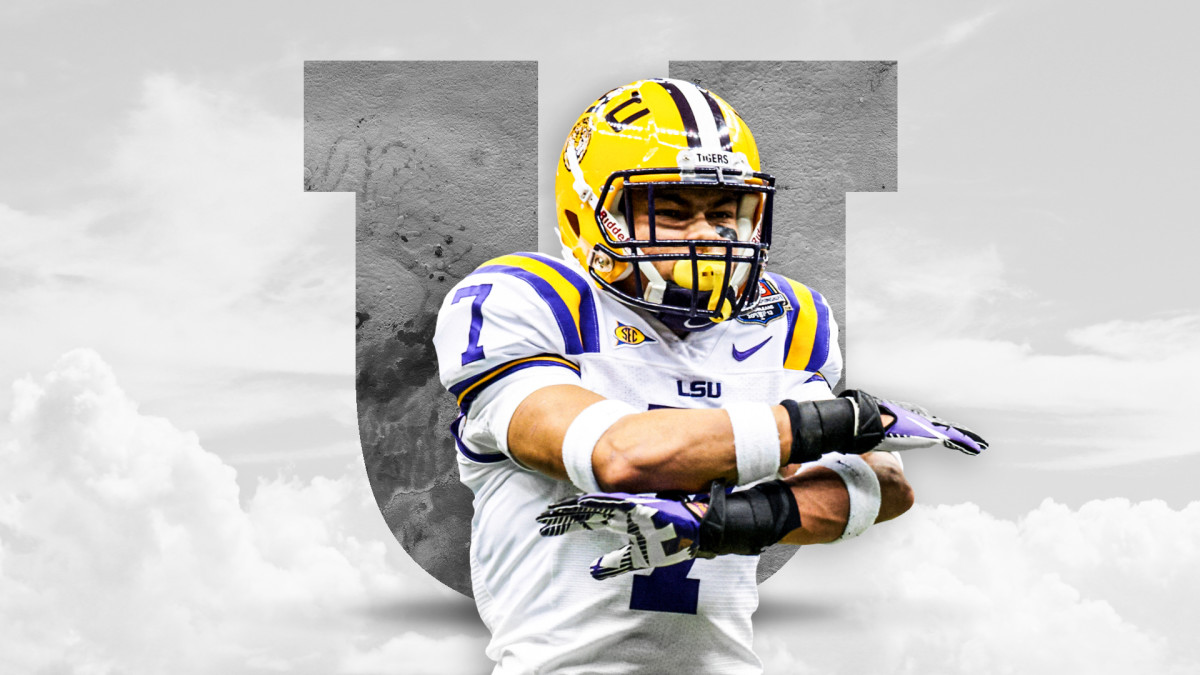
Is there truth in Jamal Adams’s and other’s branding of LSU as “DBU”: The Tigers have produced four All-Pro players since 2010 (Patrick Peterson, Tyrann Mathieu, Adams and Tre’Davious White), with a combined seven All-Pro honors between them.
However, LSU had only five first-round picks in the past decade, fewer than Alabama (seven) and Ohio State (six). And while, if you split DBU into cornerbacks and safeties, LSU would be Cornerback U., Alabama would be Safety U. (We included Mark Barron among the safeties even though he’s now played more linebacker over the course of his career—however, taking Barron out of the equation would not knock Alabama off their Safety U. perch.)
1. LSU, 103 points
2. Alabama, 96
3. Florida, 71
4. Florida State, 66
5. Ohio State, 59
6. Virginia Tech, 49
7. Washington, 48
8. Texas, 47
9. Clemson, 42
10. South Carolina, 41
Cornerback U.: LSU, 62; Florida State, 52; Alabama, 46; Ohio State, 38; Washington, 36.
Safety U.: Alabama, 50; LSU, 40; Florida, 38; Texas, 30; Ohio State and Virginia Tech, 21.
* * *
OUR SCORING SYSTEM
DRAFT POSITION
Top 10: 4 points
Round 1 (non-top 10): 3 points
Rounds 2-3: 2 points
Rounds 4-7: 1 point
Undrafted: 0 points
NFL GAMES STARTED
80-plus: 5 points
48 to 79: 4 points
16 to 47: 3 points
5 to 15: 2 points
1 to 4: 1 point
NFL AWARDS
MVP: 5 points
Offensive/Defensive Player of the Year (non-QBs): 4 points
All-Pro (non-QBs): 3 points
Offensive/Defensive Rookie of the Year: 2 points
Research by Reid Foster and Gary Gramling.
• Question or comment? Email us.
